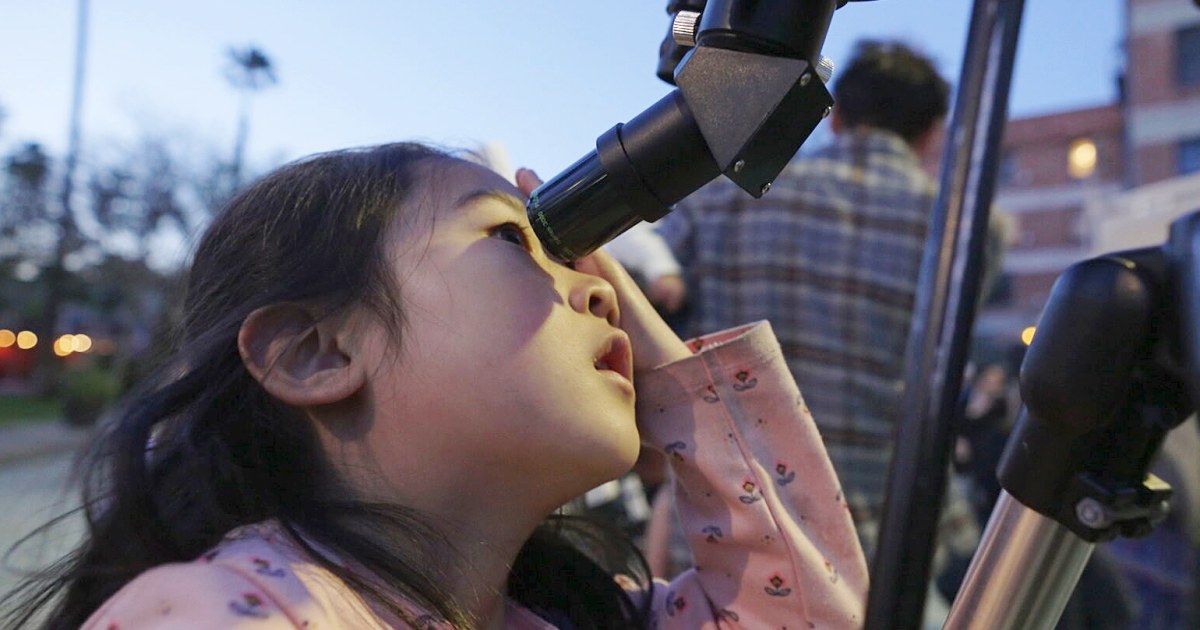
Space Surveillance And Tracking
Space Surveillance and Tracking (SST) is the process of detecting, tracking, cataloging, and identifying artificial objects orbiting the Earth, including active and inactive satellites, spent rocket bodies, and debris. SST is essential for maintaining the safety and sustainability of space operations, as well as for protecting critical space-based infrastructure. The SST system includes a network of ground-based sensors, radars, and telescopes that collect data on the location, trajectory, and other characteristics of objects in space. This data is used to predict potential collisions and to provide early warning to satellite operators, who can then take action to avoid collisions. SST is also used to monitor and mitigate the effects of space weather on satellites and to support space situational awareness efforts.
Your Previous Searches
Random Picks
- Quartz: In space and astronautical engineering, quartz is a mineral commonly used in the construction of spacecraft components due to its high resistance to radiation and extreme temperatures. Quartz is often used in the fabrication of windows for ... Read More >>
- Heat Treatment: Heat treatment is a process of heating and cooling a material to alter its physical and mechanical properties without changing its shape. In the context of space and astronautical engineering, heat treatment is used to improve the strength, ... Read More >>
- Catalyst Selection: Catalyst selection is the process of choosing the appropriate catalyst for a specific chemical reaction in the context of space and astronautical engineering. Catalysts are substances that increase the rate of a chemical reaction without be ... Read More >>
Top News

Easter's date remains divisive. Some church leaders want that to change...
Eastern and Western churches will celebrate Easter on the same day this year, while marking 1,700 years since the Council of Nicaea unified Christian doctrine...
News Source: ABC News on 2025-04-19

In a city of stars, Los Angeles astronomy club makes sure to keep looking up...
LOS ANGELES — While Los Angeles is home to the biggest stars in the world, a monthly get-together is proving that the city’s rich and famous have nothing on the universe....
News Source: NBC News on 2025-04-18

This week on "Sunday Morning" (April 20)...
A look at the features for this week's broadcast of the Emmy-winning program, hosted by Jane Pauley....
News Source: CBS News on 2025-04-17

Scientists detect strongest hints yet of life on a distant planet...
Scientists have detected unique chemical patterns similar to those produced by the Earth's algae and seaweed — raising the possibility of the presence of a warm ocean, perhaps teeming with life, on ...
News Source: NBC News on 2025-04-17

Is there life on another planet? Scientists find the strongest evidence yet...
Near a planet far, far away astronomers have found traces of chemicals that on Earth are only produced by living beings....
News Source: Al Jazeera English on 2025-04-17